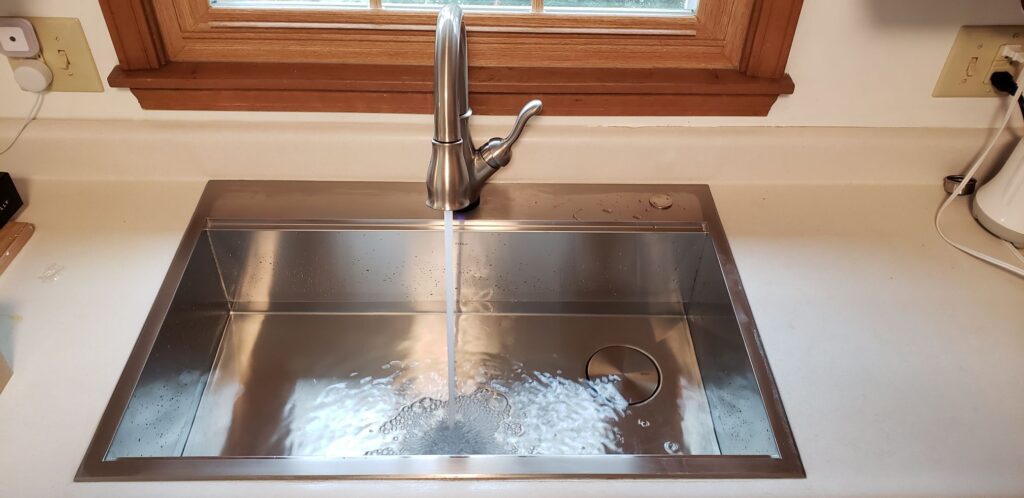
Introduction:
A leaky faucet can be more than just an annoying sound; it can also be a significant source of water waste and an unwelcome dent in your monthly water bill. If you’ve ever found yourself wondering, “Why is my faucet leaking?” you’re not alone. In this blog post, we’ll explore the common causes of faucet leaks and provide practical solutions to help you put an end to those persistent drips.
Understanding the Culprits:
- Worn-out Washers: One of the most common reasons for a leaky faucet is a worn-out washer. Over time, the constant friction and water flow can cause the rubber or silicone washers inside the faucet to deteriorate. This deterioration leads to leaks around the spout. Solution: Replace the washer. This is a relatively simple fix that involves turning off the water supply, disassembling the faucet, and replacing the worn washer with a new one.
- Corroded Valve Seat: The valve seat is the connection between the faucet and the spout. If it becomes corroded, it can cause leaks around the spout area. Solution: Clean the valve seat using a specialized tool or by applying vinegar to dissolve the corrosion. If the corrosion is severe, consider replacing the entire valve seat.
- Loose O-Rings: O-Rings are small rubber discs that create a watertight seal in the faucet. If these become loose or damaged, they can lead to leaks. Solution: Turn off the water supply, disassemble the faucet, and replace the O-Rings. Make sure to choose the right size for your faucet.
- Worn Cartridge or Ceramic Disc: Modern faucets often use cartridges or ceramic discs to control water flow. If these components wear out, leaks can occur Solution: Replace the cartridge or ceramic disc. Consult your faucet’s manual or contact the manufacturer to identify the correct replacement part.
Preventive Measures:
- Regular Maintenance: Perform routine checks on your faucets to identify any signs of wear or damage before leaks occur. Tightening loose handles and addressing minor issues promptly can prevent larger problems later on.
- Avoid Forceful Handling: Avoid turning the faucet handles too forcefully, as this can accelerate wear and tear on internal components.
- Use Quality Parts: When replacing components, opt for high-quality parts to ensure durability and longevity.
Conclusion:
A leaking faucet is a common household woe, but armed with a bit of knowledge, you can tackle the issue head-on. By identifying the root cause and taking prompt action, you not only save water and money but also contribute to a more sustainable and efficient household. Remember, a small leak today can lead to bigger problems tomorrow, so don’t let those drips go unchecked! If you just don’t want to deal with it or the problem is beyond the scope of DIY, the experts at Duty Calls Plumbing, you’re trusted New Castle Plumbers can fix it for you! Our plumbers will find the source of the leak, ensure there’s no extensive damage, and fix the leak on the spot. Call (765) 310-1333 to get that dripping stopped as soon as possible.
